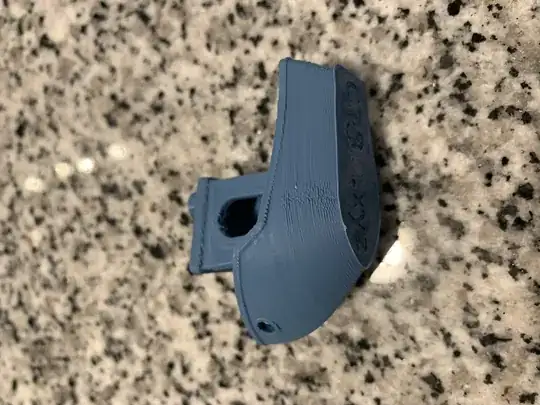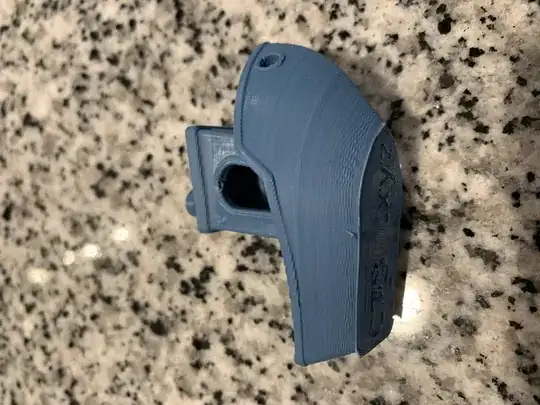From your pictures, the blobs are (at least mostly) not at layer changes but at speed changes where the toolhead has to drastically slow down and speed back up to go around a sharp corner (including as a special case a corner in the Z direction, i.e. a layer change). This happens because, when the toolhead slows down, there is still pressure in the nozzle due to forces that cause the plastic to resist being extruded to a degree that scales with the speed of extrusion.
The right solution to this problem is enabling and calibrating Linear Advance, which directly models and compensates for the phenomenon. Unfortunately, most printers including yours are still shipping with firmware too old to have this feature, or built without including it. So, your options are:
Update to firmware with linear advance and calibrate it. The factor for PLA on a direct drive is likely to be around 0.04-0.06. This is the best solution but might be unnerving if you're not comfortable with making that kind of change to your printer.
Print at lower speeds, so that there's less difference between the cruise speed and the speed at/near the corners.
Print at higher acceleration/jerk, so that the decel/accel cycle at corners happens much faster giving less time for the residual pressure to push out more material.
Some of the issues in your pictures, however, look similar to "blobs" but apppear to be warping/curling from insufficient cooling or excess bed temperature. These are the ones in the first few mm of the print, below the lettering on the back (the lettering clearly has actual blobs). Using a lower bed temperature or even unheated bed, and/or improving your cooling (replacing the part cooling fan with a larger one, or pointing a desk fan at the printer during printing) should make these issues go away. You can probably also avoid it by printing significantly slower, or possibly by reconfiguring your slicer to print the outer wall first, before inner walls.


